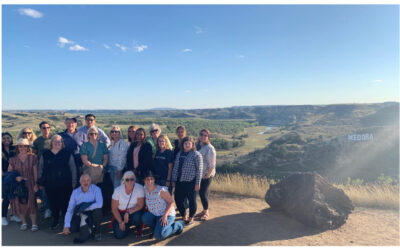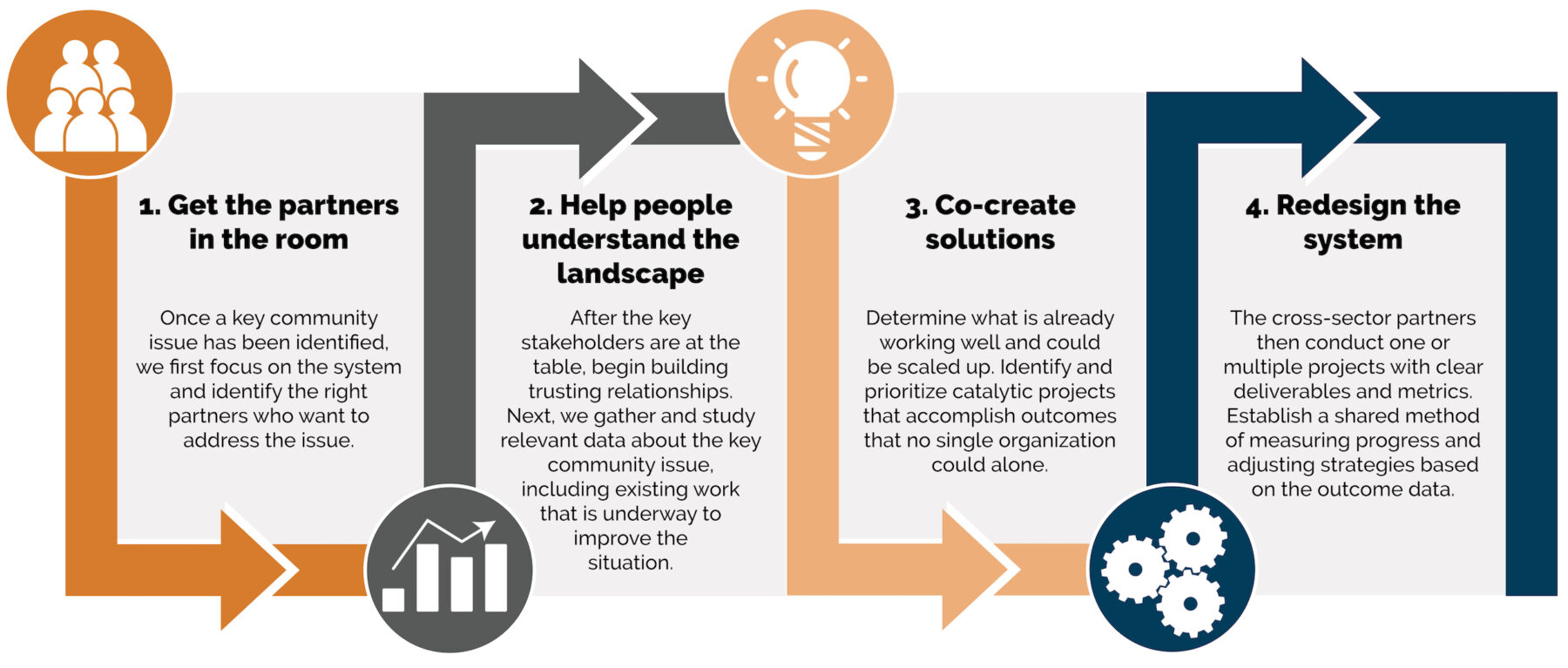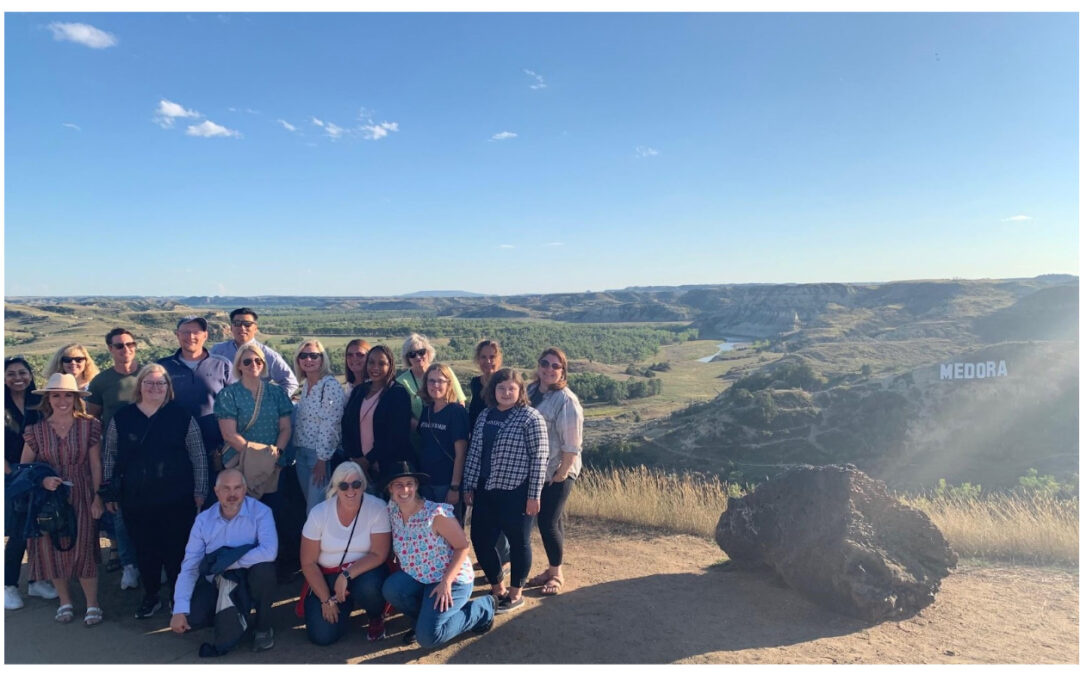When conducting needs assessments, program evaluations, or embarking on new projects, rely on our go-to sources for getting data to make informed decisions.
In our digital age, comprehensive data is available at our fingertips. Endless search options are accessible, but it can be overwhelming. Have you spent hours filtering through links and data sources to find one specific indicator, such as the number of individuals in your community with post-secondary education or the poverty rate for a certain age group?
While the options are overwhelming, we can help point you in the right direction. We recently wrote the National Head Start Association Playbook on Data-Informed Advocacy for Head Start and Early Head Start, which included several key data sources for Head Start partners. This work inspired us to update our cheat sheet of key organizations and resources we use to pull data for various clients. Below is an updated list of new resources that have been added! We’ll also share some tips on where not to go for data.
Comprehensive Child Data
- Child Trends: Child Trends is a national nonprofit research organization focused on improving the lives of children, youth, and their families. Their databank features data by topic, including child maltreatment/welfare, early childhood, families, health, and social and emotional learning.
- KIDS COUNT Data Center: KIDS COUNT is a project of the Annie E. Casey Foundation with comprehensive child and family well-being data. Depending on the data point, the tool offers data at national, state, county, and school district levels.
- State of Babies: The ZERO TO THREE agency comprehensively analyzes our youngest population through an annual report. State of Babies is a national and state resource reviewing over 60 indicators for babies and toddlers.
Population Data, Demographics, and Poverty
- Easy Access to Juvenile Populations (EZAPOP): Our favorite source for youth single-age population data. This source provides national, state, and county-level population data by age, sex, race, and ethnicity. The website offers tools to easily compare data groups and export the data for your use.
- National Center for Children in Poverty (NCCP): NCCP provides data and resources about children and their families related to poverty, low-income housing, early childhood education, mental health, immigration, public benefits, and more. Their tools include a budget calculator, state data generator, and youth risk calculator.
- State Population Resources: Some states have created online resources that summarize the Census data for their state. In Indiana, STATS Indiana is an excellent resource for finding quick profiles and maps on population, housing, education, income and poverty, health, and employment. In central Indiana, SAVI is another resource that provides detailed information and profiles. SAVI features tools to analyze and visualize central Indiana community data. These websites are more user-friendly than the Census.
- United for ALICE: Asset Limited, Income Constrained, Employed, or ALICE, looks at the population living slightly above the Federal Poverty Level who struggle to afford a general household budget. United for ALICE provides interactive tools to view data and information on these ALICE households by nation, state, and county.
- U.S. Census Bureau: The Census Bureau provides quality data about the people and the economy. It features a few data resource tools, including Quick Facts, the American FactFinder, the American Community Survey, and On the Map. Information is available at various geographic levels, including national, state, county, city and town, township, region, census tract, and more. In 2019, the Census Bureau enhanced its data tools to provide maps, visuals, and tables related to the data indicators.
- United States Interagency Council on Homelessness: This source features helpful resources and tools to explore the issue of homelessness at the national and state levels and what is being done to combat those issues.
Education Data
- Lumina Foundation: Lumina is committed to increasing the post-secondary attainment of Americans. They have national, state, and metro area data available. Check out their Stronger Nation page to view your state and county data.
- Office of Head Start: In every state and nearly every county, there is a Head Start and Early Head Start program promoting the school readiness of young children. Data about the populations served, and the program can be found through the Program Information Reports (PIR) updated annually. We used the PIR data to complete the Indiana Head Start Needs Assessment Report, Indiana Early Learning Advisory Committee (ELAC) Annual Report, and interactive dashboards.
- State Departments of Social Services: Many state social services or human services departments oversee child care for young and school-age children. In Indiana, the Family and Social Services Administration (FSSA) Office of Early Childhood and Out-of-School Learning (OECOSL) collects data on early childhood education and out-of-school time programs.
- State Departments of Education: Each state’s Department of Education has information about individual schools, corporations, and their students. In Indiana, the Indiana Department of Education (IDOE) shares this data online via “INview,” a searchable database to access educational attainment, testing scores, and free/reduced lunch rates.
- State Departments of Higher Education: Each State Department has information about post-secondary educational attainment. In Indiana, this is the Commission for Higher Education (CHE). They release an annual report and interactive dashboard featuring college readiness and completion data at the state, county, and school district levels.
Health
- Feeding America: We know that access to food correlates with the health of individuals and communities. Feeding America has an interactive tool online to explore food insecurity and costs at a local, national, state, county, or district level.
- Mental Health America: Mental Health America provides data and information about youth’s mental health and well-being. Use the interactive Youth Data tool to view state-by-state data.
- Robert Wood Johnson Foundation (RWJ): RWJ provides annual county health rankings for communities via the County Health Rankings and Roadmap website.
- State Departments of Health: Each State Department has access to health-specific information. In Indiana, this is the Indiana State Department of Health (ISDH). ISDH hosts Stats Explorer to make accessing health data at the state and county levels easier. Information available includes data on the prevalence of drug overdoses, sexually transmitted diseases, births and deaths, cancer, infectious diseases, and other health issues.
Economic
- State Departments of Workforce Development: Each state has an agency or office focused on workforce development. In Indiana, the Department of Workforce Development (DWD) features workforce and economic data on a separate website, Hoosiers by the Numbers. Here, you can find data by state or county on economics, education, employment/ unemployment, wages, and labor force.
Whew, that’s a lot of resources! So where should you NOT go for reliable data? Here are two quick tips:
- Avoid data from news articles or social media. If you see a data point in these sources, look to find its original source to determine accuracy and relevancy. The original source will allow you to defend your narrative or graphic. Knowing the source will enable you to revisit it efficiently for more data needs.
- Look for consistent sources and definitions. For example, Lumina Foundation may define adult educational attainment differently than the U.S. Census Bureau. This will cause data from the same year to vary between the sources and, in turn, could cause your audience to lose trust in the numbers being reported.
This list above is a start. There are many other reliable sources you can tap into depending on the topic. Some of the data is easily accessible, while others require a formal data request to their agency.
At TCG, we’re #datanerds. However, we know data is only as good as you make it. Use suitable data to your advantage by making it visually appealing (we love data dashboards!), presenting it in a meaningful way, and telling a story. If any part of the data collection, analysis, or visualization process is still too overwhelming, contact us to see how we can support your data needs.





